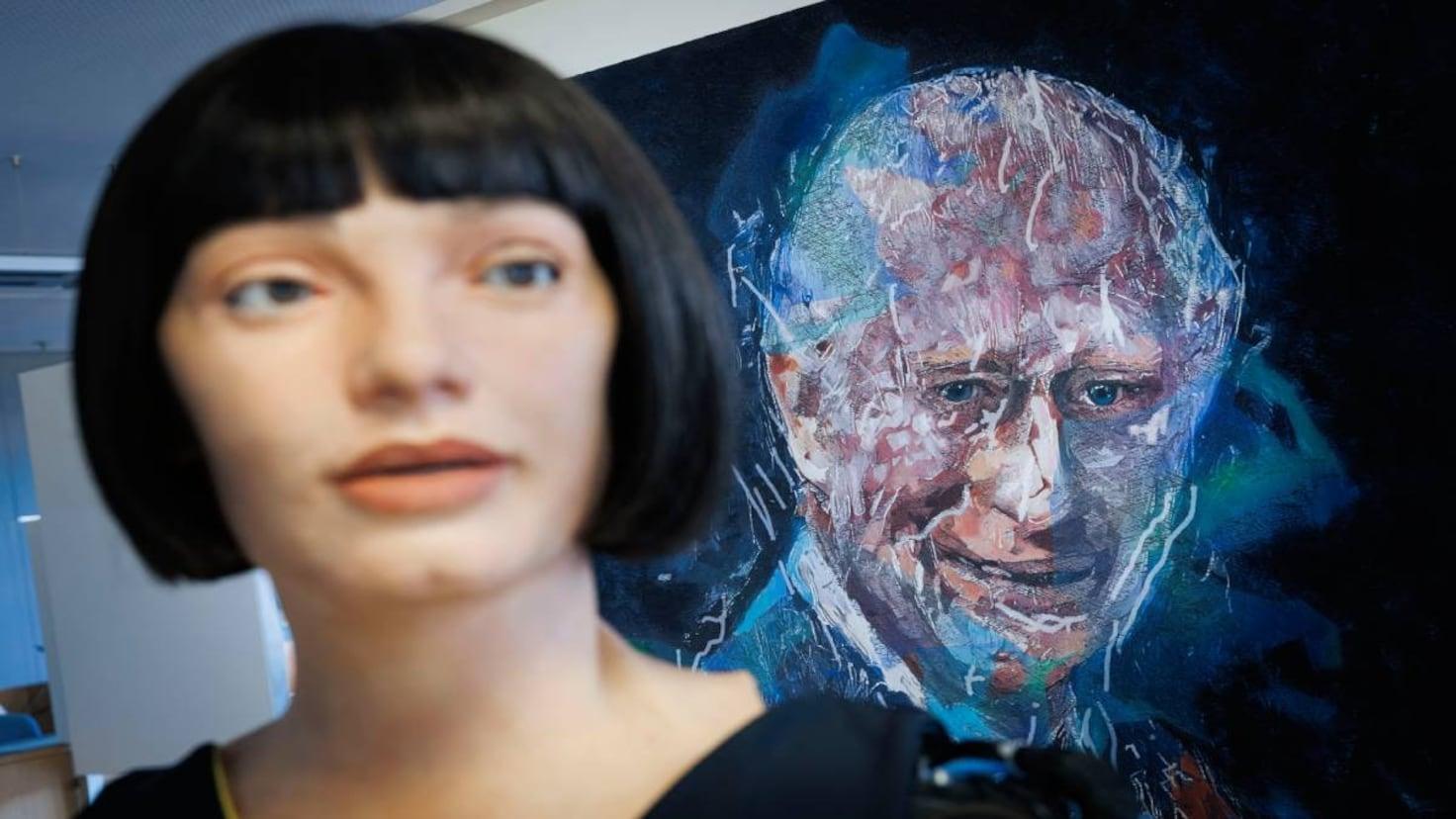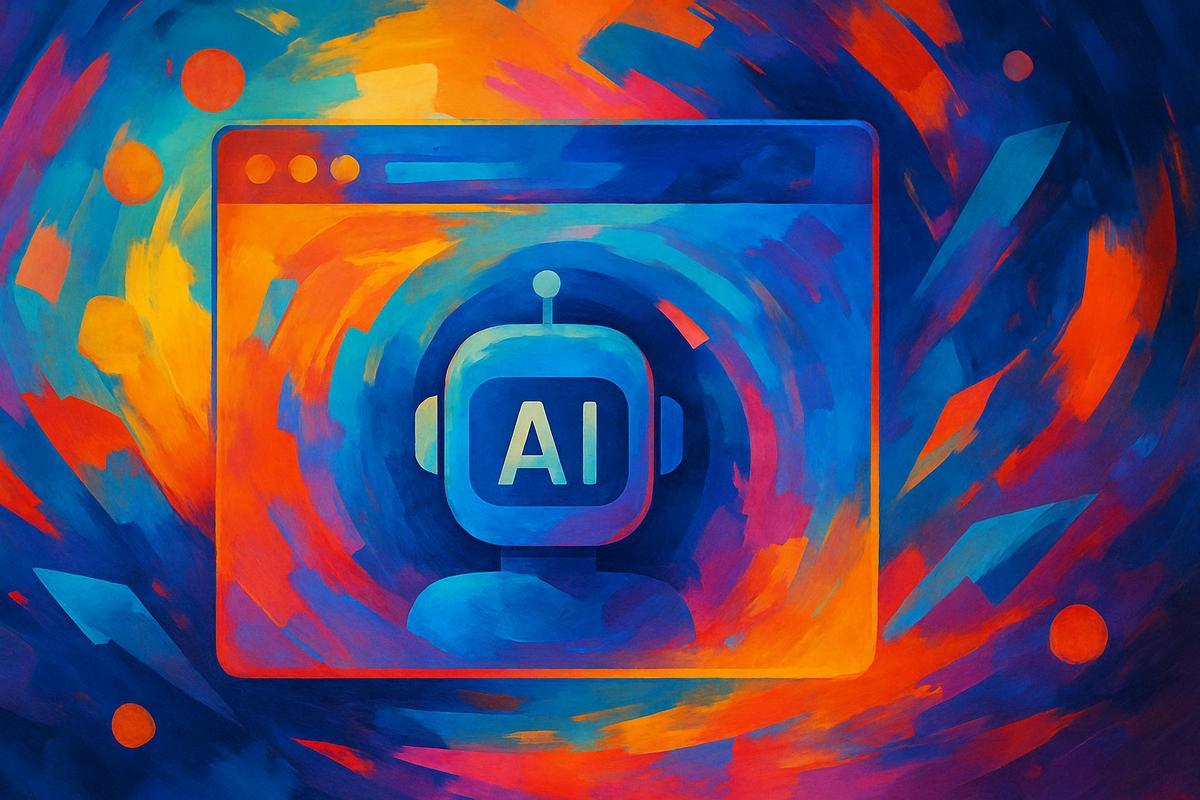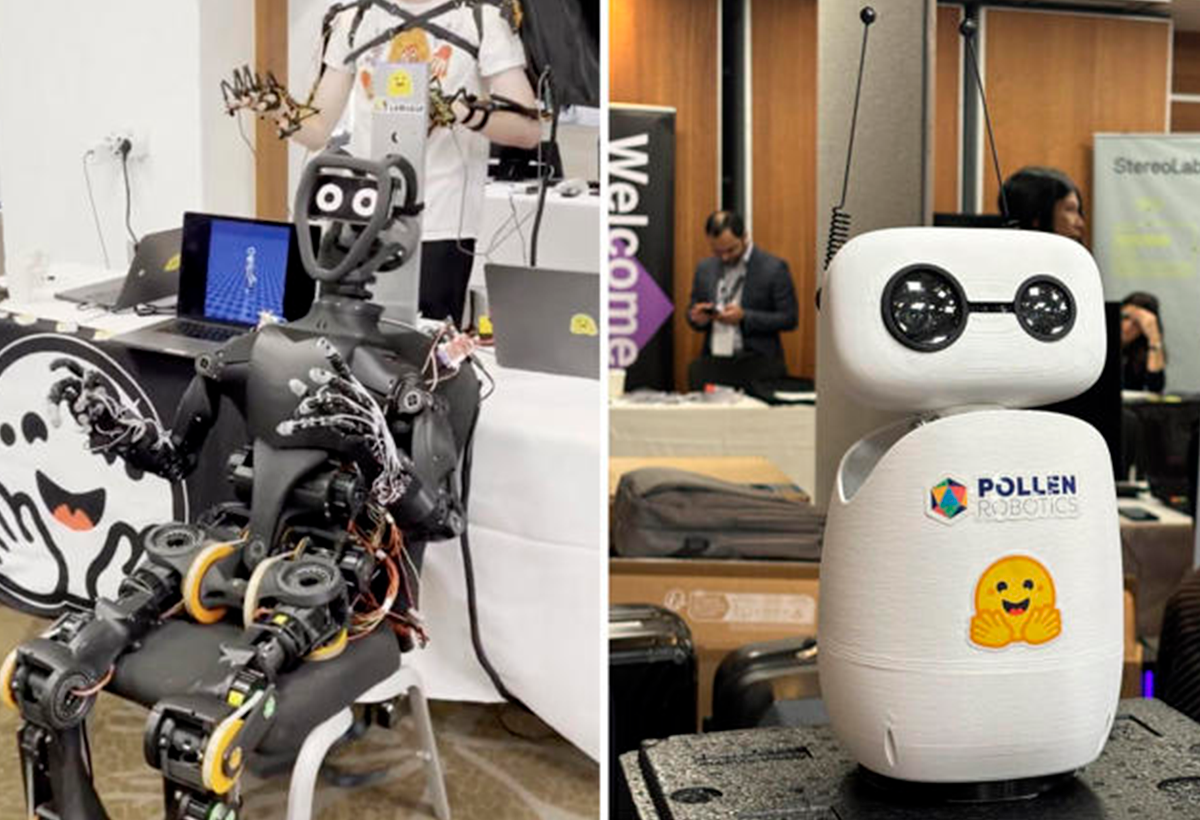- Ai-Da presents an innovative portrait of King Charles III created with artificial intelligence.
- The project seeks to spark debate about the ethical and social role of AI in art.
- The robot, created by Aidan Meller, insists that she does not intend to replace human artists.
- Ai-Da's works have achieved great recognition and high value in the art world.

The onset of Ai-Da, an artist robot with an ultra-realistic human appearance, is generating an unexpected turn in the international art scene. In his most recent intervention, Ai-Da has surprised the world by presenting a portrait of King Charles III during a momentous occasion at UN Headquarters in Geneva. His work, entitled 'Algorithm King', stands out not only for the realism achieved thanks to artificial intelligence, but also for the reflection it raises on the link between technology, creativity and humanity.
This creation, far from being a simple example of technical virtuosity, becomes the starting point for a profound cultural and ethical debateAi-Da has stated that her goal is not to overshadow or replace human artists, but serve as an engine to explore how advances in artificial intelligence can influence, transform and even enrich the artsThe intention is more to raise questions than to answer them definitively.
Ai-Da and the meaning of human-machine collaboration

During the AI for the Common Good Summit, Ai-Da highlighted the symbolic value of her work, recalling that “Art is a reflection of our technological society”This robot —created by the British gallery owner Aidan Meller along with experts from the universities of Oxford and Birmingham—, has cameras in its eyes, a specialized robotic arm and complex algorithms that allow it to translate ideas and observations into paintings, sculptures, or even performances dedicated to figures such as Yoko Ono.
Ai-Da's creative process starts with a initial concept or concern, which evolves thanks to the interpretation carried out by AI through cameras, algorithms and carefully programmed movements. In 'Algorithm King', for example, they wanted to highlight the environmental commitment and the conciliatory role of King Charles III, integrating symbolic elements such as the flower in the buttonhole. The robot emphasizes: "I don't seek to replace human expression, but rather to encourage thinking about collaboration between humans and machines in creativity."
His works have reached be auctioned for millions of dollars, as was the case with the portrait of Alan Turing sold at Sotheby's, or that of Queen Elizabeth II during her Platinum Jubilee. However, Ai-Da insists that the main value of her art lies in its ability to provoke debate: “The main objective is to raise questions about authorship, ethics, and the future of AI-generated art.”
The origin and evolution of Ai-Da as a cultural phenomenon

Ai-Da was launched in 2019 as one of the most ambitious projects of convergence between art and technology. Described as a gynoid —a realistic-looking female robot—has been gaining notoriety for her artistic repertoire, which ranges from portraits of historical figures to sculptures and conceptual performances. Her presence in museums such as the Tate Modern and the V&A and her participation in diplomatic events reinforce the idea that Artificial intelligence is no longer just a tool, but a cultural agent with its own voice in the great debates of the 21st century.
On a conceptual level, Ai-Da's work is defined as a collaboration between the human and the artificialHer own team maintains that "art no longer has to be limited to exclusively human creativity," and that the integration of AI invites us to reconsider traditional parameters of authorship, inspiration, and originality. Each of Ai-Da's interventions generates a variety of reactions: from fascination with her innovation to resistance from those who believe that authentic creativity remains the preserve of humankind.
The robot insists that its purpose is “promote responsible and thoughtful use of technology,” as well as inspiring new forms of collaboration. In his own words: “Let humans decide whether my work is art or not.”
His work, which has provoked both admiration and debate, reflects a paradigm shift in contemporary artHis works and reflections not only expand the definition of art, but also challenge us to confront the challenges and opportunities that arise when creativity transcends biological limits.
I am a technology enthusiast who has turned his "geek" interests into a profession. I have spent more than 10 years of my life using cutting-edge technology and tinkering with all kinds of programs out of pure curiosity. Now I have specialized in computer technology and video games. This is because for more than 5 years I have been writing for various websites on technology and video games, creating articles that seek to give you the information you need in a language that is understandable to everyone.
If you have any questions, my knowledge ranges from everything related to the Windows operating system as well as Android for mobile phones. And my commitment is to you, I am always willing to spend a few minutes and help you resolve any questions you may have in this internet world.
